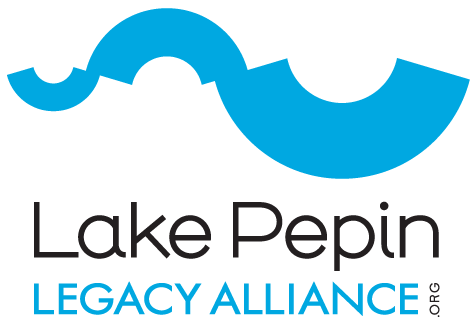By Claire Hinther
This week, Dave and I received surprising sample test results from RMB Environmental Laboratories. The water samples were tested for nitrogen, nitrate, and nitrite. Previous test results showed sampling well nitrogen/nitrate at much lower levels than the control structures (with the exception of one well on the west side). The samples from July 25 showed a similar pattern, with lower levels in the wells than in the control structures (excepting a different west well). The July 26 results, however, showed a much more extreme outlier on the west side as well as higher nitrogen levels in other wells, although they remained below the control structure levels. These anomalous results may have been the result of the heavy rainfall. With future sampling, however, we will experiment with evacuating water from the wells in order to eliminate any stagnant water that might skew our results.
Results of nitrogen / nitrate testing in first set of samples.
All of the oak, cottonwood, elm, and hazel trees are in place, as well as the elderberries. We hope to track any differences in nitrogen/nitrate uptake in each transect. Research and education will continue through the year, to be resumed fully in the summer of 2018. While our results are not yet clear and we still have changes to make in our methods and plans, we have established a solid baseline from which to assess the operation and viability of saturated buffers. As we have observed throughout the summer, agricultural practices have the potential to contribute to water pollution. Exploring alternative practices and mitigation strategies is vital to the protection of our watersheds.
Dave Legvold presents at the 4R Field Day.
---
Claire’s previous blog entry: Heavy Rains
Claire's 2018 installment on Saturated Buffers: Not Your Average Vegetative Strip


